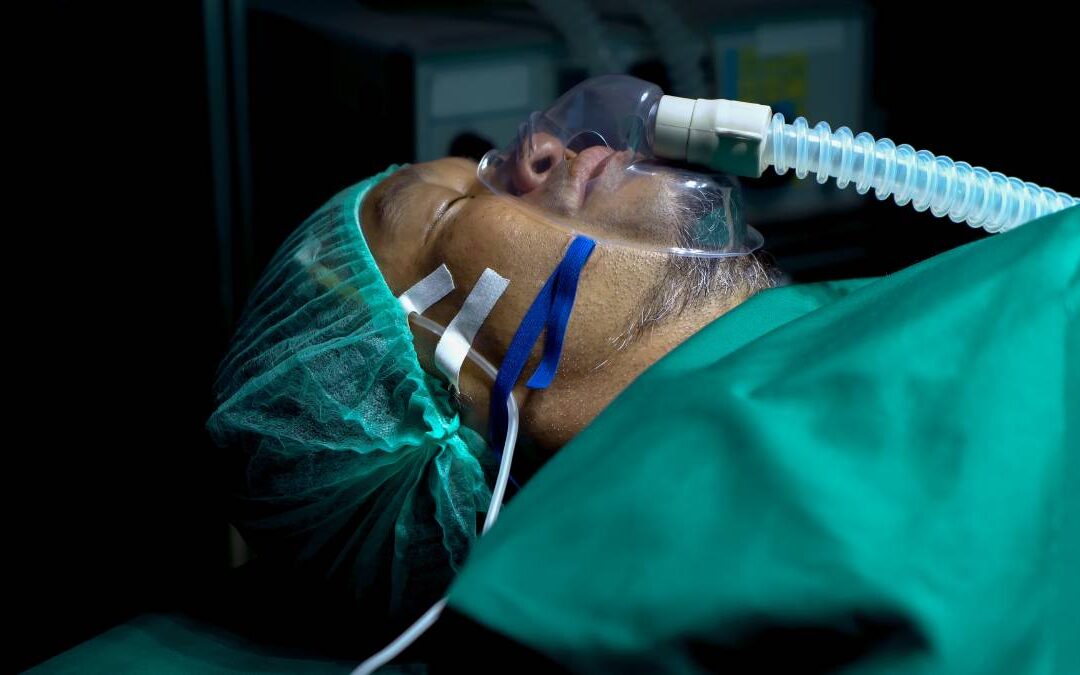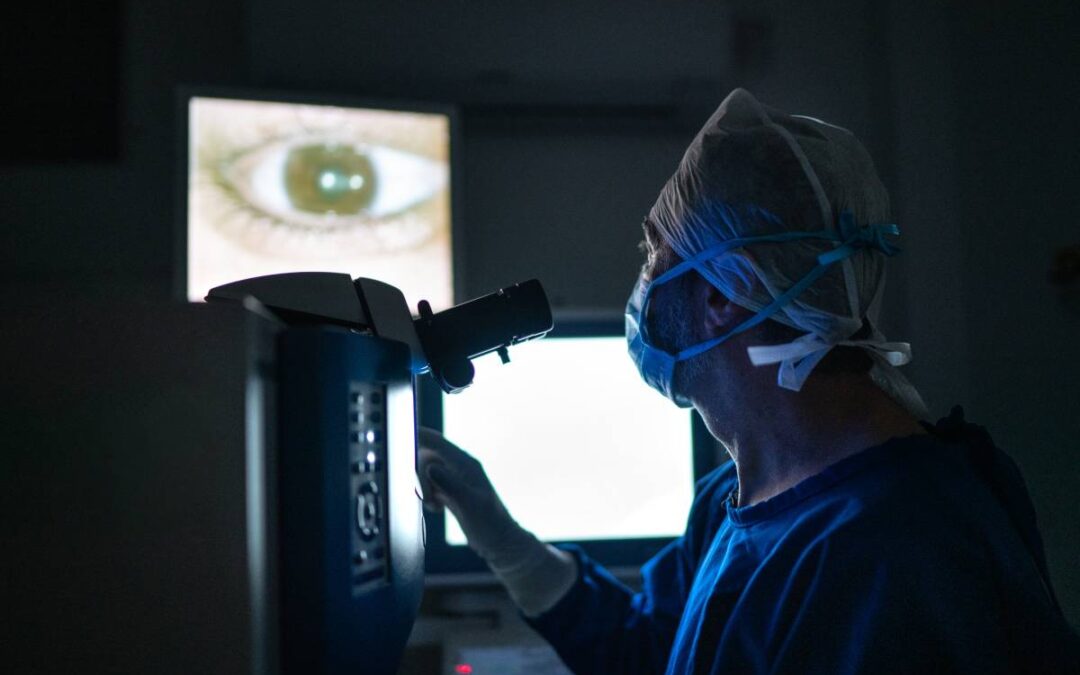


AI Medical Diagnosis
Artificial Intelligence (AI) has transformed many industries, including medicine and healthcare. One area of healthcare where AI is expected to have significant impacts is medical diagnosis, with many anticipating advancements in accuracy, efficiency, and...
Patient Comfort on the Operating Table
Patient comfort on the operating table is a minor yet important aspect of perioperative care. While the primary goal of surgery is to address medical issues, ensuring that a patient is comfortable during the procedure can significantly affect both their experience and...
Scope of CMS Quality Ratings
The United States Centers for Medicare & Medicaid Services (CMS) issues quality ratings on a five-star scale to hospitals, other care facilities, and health insurance plans. The quality ratings system (QRS) was established and assigned to CMS as part of the...
Hyperalgesia in Anesthesia
Hyperalgesia, a heightened sensitivity to pain, poses a significant challenge in anesthesia and perioperative care. It is a phenomenon where patients experience exaggerated pain responses to stimuli that would typically cause only mild discomfort. Hyperalgesia can...




Recent Comments